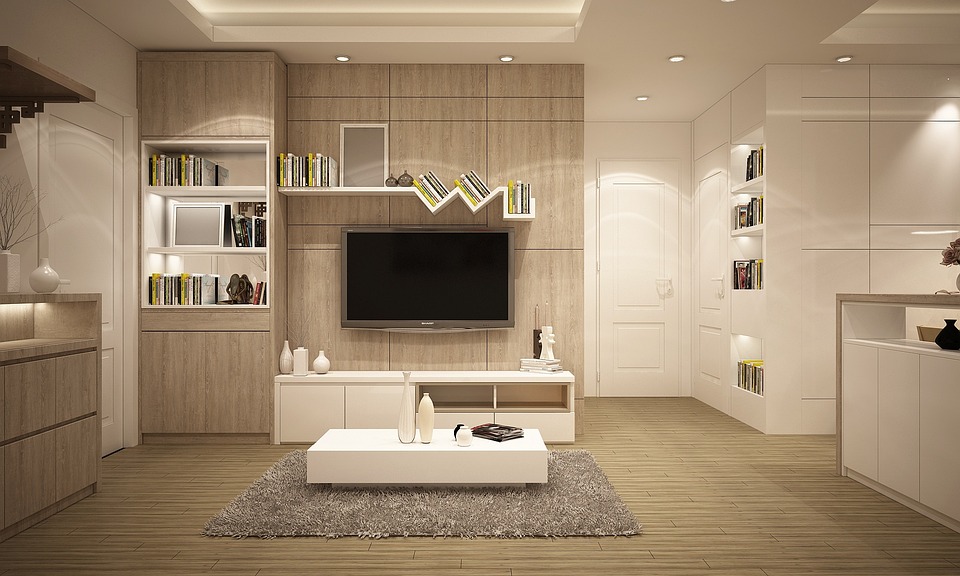In an age of constant distraction and clutter, many people are turning to minimalism - a lifestyle choice that promotes simplicity, intentionality and peace of mind. The art of minimalism isn't just about reducing material possessions; it's about creating a living space that promotes clarity and calm, allowing you to focus on what really matters in life. Here's how to embrace simplicity in your home.
Understanding Minimalism
Minimalism is a philosophy that transcends decline. At its core, it encourages individuals to examine their relationships with objects, making conscious decisions about what to keep and what to let go of. This path often leads to increased mindfulness and a greater appreciation of the things we choose to surround ourselves with.
Benefits of minimalism
-
Reduces stressA clutter-free environment can significantly reduce stress levels. An organized home promotes a more relaxed atmosphere where you can thrive and engage in activities you enjoy.
-
Saves timeA: With fewer items to manage, you'll find that cleaning and organization become a breeze. This gives you more time to focus on your passions and relationships.
-
Saves moneyA: Minimalism encourages conscious shopping. By investing only in items that truly add value to your life, you'll find yourself spending less and enjoying more of your possessions.
-
Increased creativityA simple environment promotes mental clarity and allows for increased focus and creativity. Many artists and professionals have found that minimalism helps them unlock new ideas and a state of flow.
Steps to adopt minimalism in your home
1. Assess your space
Start with a thorough assessment of your home. Walk through each room and take note of what you really need and what serves a purpose. Ask yourself:
- Does this item bring me joy?
- Is it working?
- Do I use it regularly?
This mindset will help you understand not only what you can keep, but why.
2. Declutter
Once you've evaluated your stuff, start the drop. You can access this room by room or category by category (for example, clothing or kitchen items). The key is to set a timeline. Focus on small, manageable sections so the process doesn't feel overwhelming.
- Keep: Items you like or use often.
- DonateA: Things that are in good condition but no longer serve you.
- Disable: Broken or damaged items that cannot be repaired.
3. Curate your space
After rejection, focus on what remains. Display your space by displaying items that reflect your personality and values. This may include:
- Works of art: Choose a few pieces that inspire or resonate with you.
- PlantsA: Incorporating greenery can enhance your living space and improve air quality.
- Functional decorationA: Choose items that serve a purpose while being aesthetically pleasing.
4. Practice conscious consumption
Adopting a minimalist lifestyle isn't just about downsizing; it also requires conscious consumption. Before making a new purchase, consider the following:
- Will this item add value to my life?
- Do I have room for that?
- Is it resilient and sustainable?
By being discerning with your shopping, you can maintain a minimalist house in the long run.
5. Embrace digital minimalism
Minimalism can extend to your digital life. Spend some time decluttering your digital spaces - organize files, remove unused apps and streamline your digital subscriptions. This can help reduce mental clutter and improve your focus.
6. Create a routine
Adopting a minimalist lifestyle can be a continuous journey. Create routines that favor simplicity, for example:
- Weekly checksA: Set aside time to review your assets and ensure they still match your values.
- One in, one outA: For every new item you bring into your home, consider removing it.
7. Cultivate a mindset of gratitude
A minimalist lifestyle encourages you to appreciate what you have rather than covet what you don't. Cultivating gratitude can help reinforce simple thinking and promote contentment in your life.
Conclusion
Embracing minimalism is a personal journey that requires time and reflection. By intentionally simplifying your living space, you can create an environment that nurtures peace, focus and happiness. Remember that minimalism is not about sacrificing joy, but about improving your life by prioritizing what really matters. As you transform your home, you may find that the simplicity of a minimalist lifestyle brings richness to your life.
Interior



